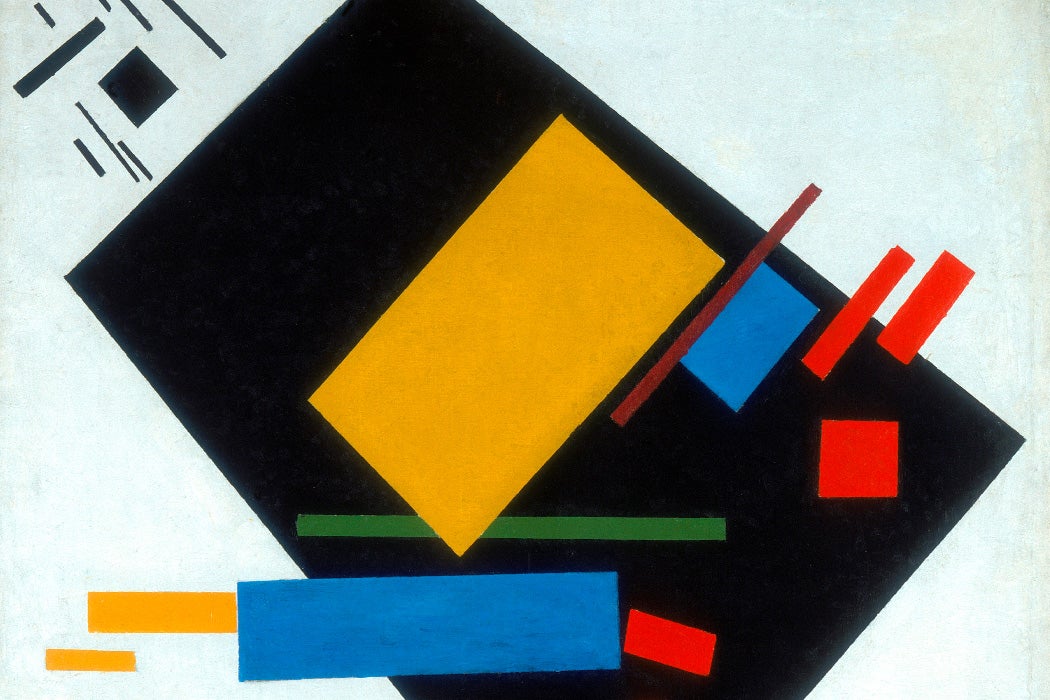The success of the Soviet space program, including the launch of Sputnik in 1957, was broadly viewed as evidence of a disciplined grasp of practical science and technology. But, as historian Asif A. Siddiqi writes, these achievements were inspired by the utopian, and even mystical, ideas about interplanetary travel that were popular in 1920s Russia.
Siddiqi writes that the drive toward space was partly based in the techno-utopian thought that emerged from the Russian Revolution. Economic progress, urbanization, and improving conditions for workers in the 1920s led to widespread hope for a better, technologically-enhanced future. Lenin pushed for modern railroads and rapid electrification as keys to a successful communist society. In a way, space travel was an extension of that technological dream—an arena in which the Soviet Union could lead the world into an entirely new frontier.
This space fad, or Cosmism, was rooted in the religious and philosophical writings of Nikolai Fedorovich Fedorov, who was an influence on Fyodor Dostoevsky and Leo Tolstoy. In work published posthumously in 1906, Fedorov described “the common task” of humanity: resurrecting the dead. In his view, reanimating previous generations would usher in a universal brotherhood of humanity. But it would also create the problem of where to put all the people. Thus, the need for space travel and the colonization of the universe. Konstantin Tsiolkovsky, who produced the first mathematical calculations showing how spaceflight might work, held similarly fantastical beliefs, including the idea that all matter is composed of subatomic living organisms or “happy atoms.”
These trends in Russian thought spurred public interest in spaceflight. Students and young professionals formed societies to study rocketry and share ideas about the future in space. Between 1923 and 1932, more than thirty nonfiction books and almost 250 articles on spaceflight were published in Russia, while only two nonfiction works on the subject appeared in the United States.
Space fiction also found a growing Russian audience. In Aleksey Tolstoy’s Aelita, the most famous science fiction novel of the era, an Earth soldier helps set off a socialist revolution on Mars. Along with its celebration of science and technology, Siddiqi writes, the novel hints at mystical ideas similar to Fedorov and Tsiolkovsky’s Cosmism.
Weekly Digest
The dream of spaceflight also influenced artists including Kazimir Malevich, who created dynamic, geometrical paintings in the Suprematist style. Malevich wrote to a friend, “Earth has been abandoned like a worm-eaten house. And an aspiration towards space is in fact lodged in man and his consciousness, a longing to break away from the globe of the earth.”
Ultimately, Siddiqi writes, the Russian space fad fell victim to the same totalitarian party line that limited other kinds of intellectual and artistic expression. By the 1930s, Soviet leaders were focused on the utilitarian gains to be made through practical understanding of technology. But many advocates of space flight adapted, shifting their focus from space utopias to the more practical dream of “conquering the stratosphere.”







